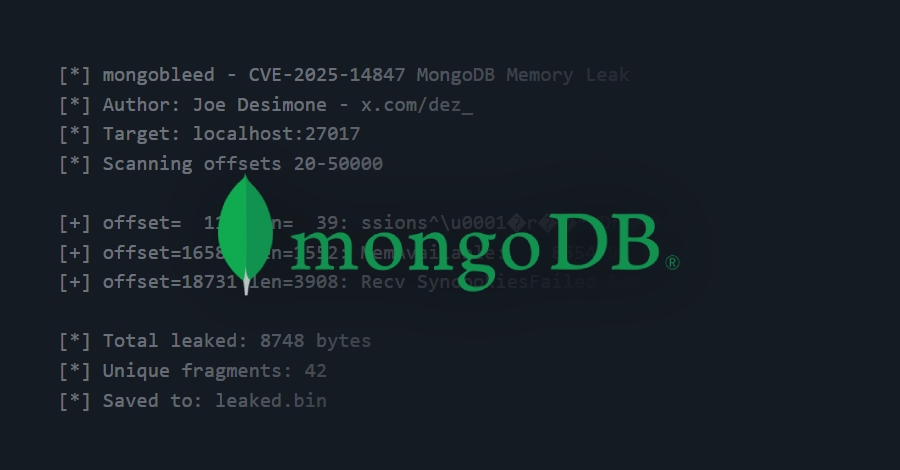⚡ Weekly Recap: MongoDB Attacks, Wallet Breaches, Android Spyware, Insider Crime & More
Last week’s cyber news in 2025 was not about one big incident. It was about many small cracks opening at the same time. Tools people trust every day behave in unexpected ways. Old flaws resurfaced. New ones were used almost immediately. A common theme ran through it all in 2025. Attackers moved faster than fixes.…
Read more










